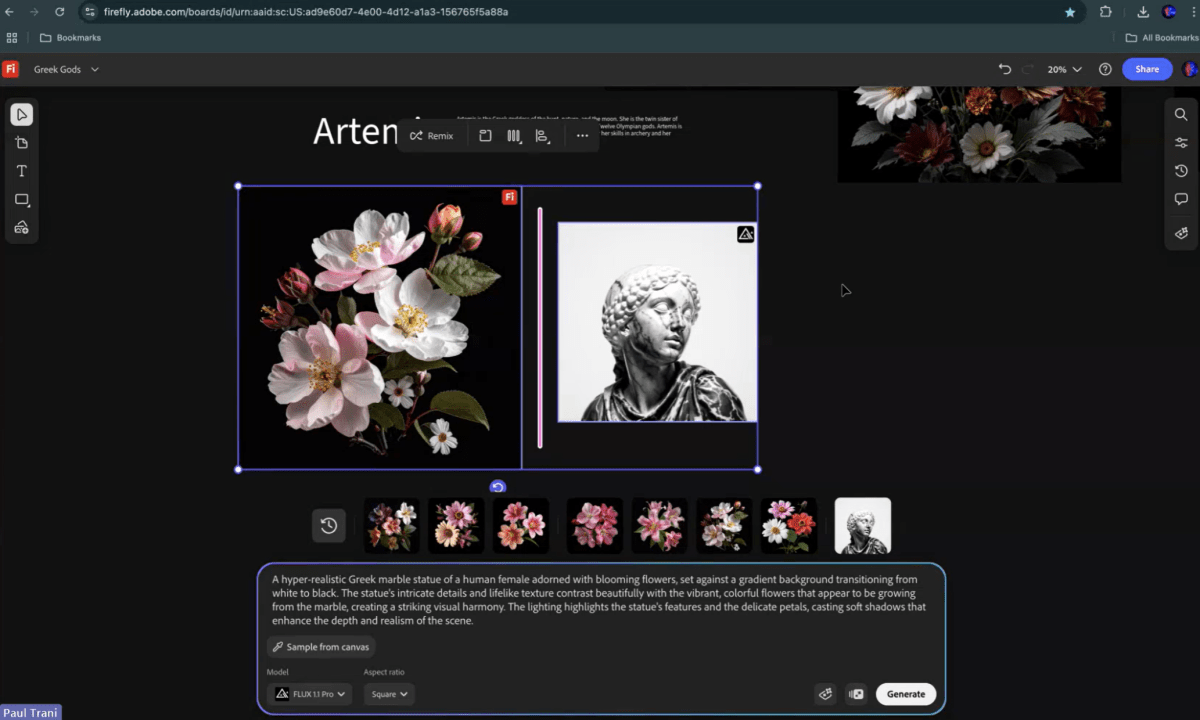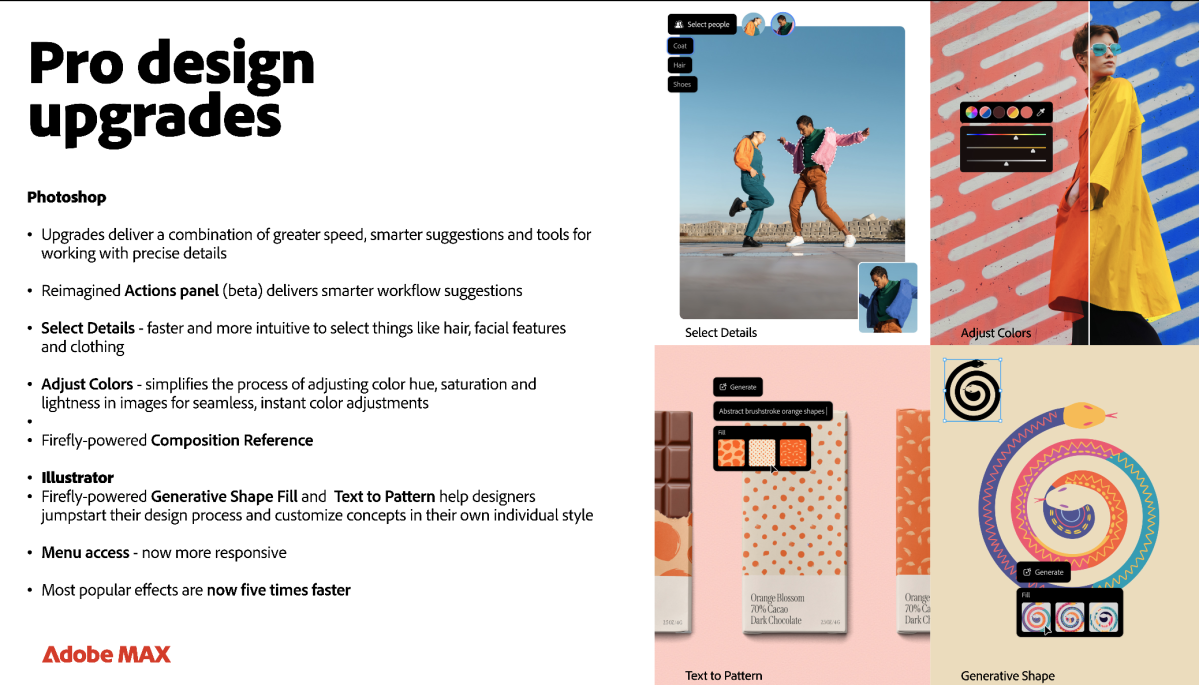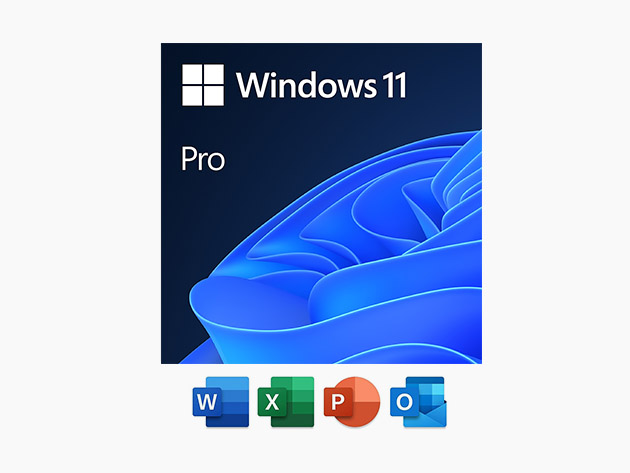Adobe’s Firefly generative AI service is evolving into becoming more of a front-end service for generative AI in general, as Adobe has made its text-to-video capabilities generally available as well as the option to use even non-Adobe AI models.
Adobe announced its new additions as part of its Adobe Max conference in London, also using Firefly as inspiration for some changes to its Creative Cloud applications as well.
The world first saw Adobe Firefly in 2023, when the service debuted in beta as an image and font generator. Firefly went live that September based upon a credit plan, allocated by how much you already paid Adobe for apps like Photoshop or a full-fledged Creative Cloud subscription. Adobe then turned to text-to-video earlier this year, with the available payment plans offering just a few brief snippets of video in exchange for a monthly fee. It’s this video service which has now launched via Firefly for the web, Adobe said.
Adobe has stepped lightly through the ideological minefield that is AI art; some creators who use Adobe’s tools have spoken out quite loudly against the use of machine-generated art, but Adobe’s images come with a disclaimer that they were in fact produced by AI. Today, Adobe is launching a beta of a Content Authenticity app that allows creators to verify their identity, and to attach whatever information they would like to their profile and social media accounts. More importantly, they can include a tag that indicates that they don’t want generative AI to train on their work.
Adobe
Adobe said that Firefly now offers two new models, a hyper-realistic Firefly Image Model 4, and a detailed Firefly Image Model 4 Ultra. But users can also select non-Adobe models like GPT image generation and Google’s Imagen 3, and Veo 2 video models. Runway, Pika, Luma, Ideogram, and Fal.ai are coming soon, Adobe added.
Adobe is also adding “boards” to Firefly, where users can drop in a number of visual ideas and use them as a source for their next creation. In a demonstration, an Adobe executive showed how two images on a board could be “mashed up” — Firefly sampled two images, then used AI to combine them.

Adobe
In Photoshop, Adobe is adding Composition Reference, a tool we’ve seen elsewhere; the tool uses how the objects in one scene are arranged as a reference guide for a second scene. Photoshop is also adding tools to Select Details like hair or facial features, and a new color adjustment tool, as well. Lightroom is adding a new Select Landscape tool, too.
The Generative Extend features in Premiere Pro are also being rolled out, too. Generative Extend is like a Photoshop’s generative features that allow the user to “extend” the scene; in video, Premiere will add additional small AI-generated clips to prolong a shot. Caption Translation will provide captions in up to 27 languages, while a Media Intelligence tool provides better search capabilities in existing footage.


